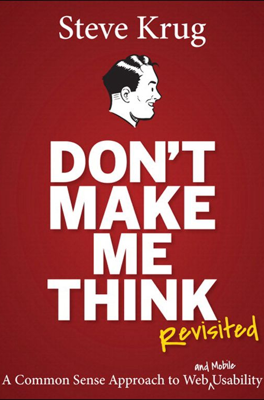“The Farmer and the Cowman Should Be Friends”
Why Usability Debates Rarely Progress
Web teams often experience gridlock when discussing usability, typically rehashing the same points repeatedly. These disagreements, deemed "religious debates," typically evolve into expressions of personal beliefs rather than productive discussions. Not only do these debates waste time, but they also create team tension and hinder decision-making processes.
Impact of Personal and Professional Biases
Every individual on a web team is also a web user, which means they have personal preferences influencing their opinions on web design. This makes it challenging to separate personal likes and dislikes from what may be best for the user experience. Moreover, professional roles further complicate matters, with designers focusing on aesthetics and developers on features and functionality, often leading to conflicting design priorities.
The Myth of the Average User
A stalemate in discussions might lead teams to attempt identifying the Average User to break the deadlock. However, there is no such thing as an Average User; all web users are unique with idiosyncratic behaviors. Trying to design for an imagined average user is both futile and counterproductive, as there are no universally right answers for complex web design issues.
Effective Problem Solving Through Testing
The solution to overcoming these endless debates is not to ask whether users like certain features but to test them. Usability testing is crucial — it helps shift discussions from subjective preferences to objective observations about what works or doesn’t work in real-world scenarios. Testing not only resolves conflicts by focusing on effective solutions but also highlights the diversity of user preferences and behaviors, emphasizing that design should accommodate a wide range of users.
By testing design elements in context, teams can use their collective skills and insights to create and refine web experiences that cater effectively to actual user needs. The next steps involve detailed methodologies for conducting these tests effectively, ensuring that web designs are both user-centered and efficient.
